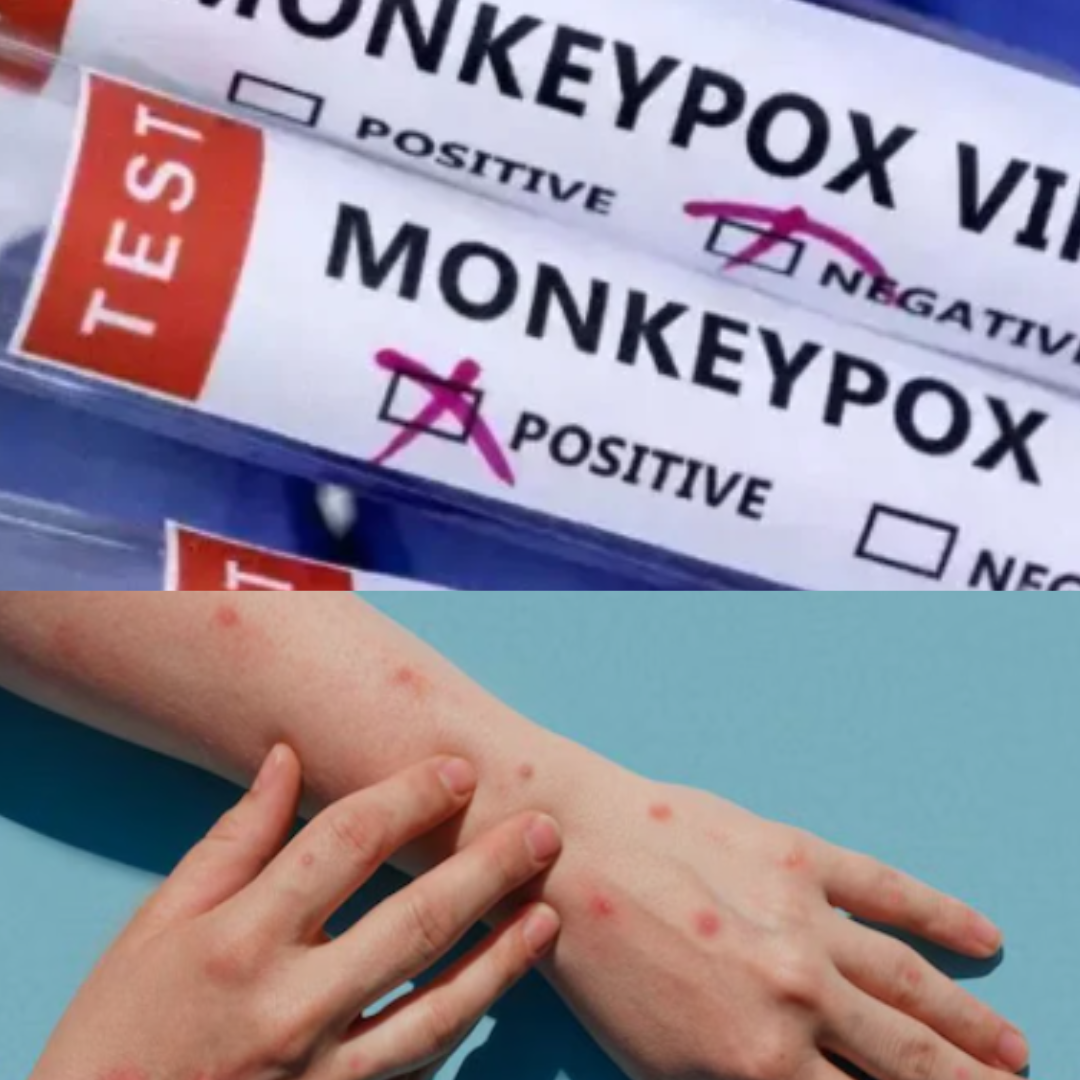Monkeypox Outbreak: What You Need to Know and How India is Responding
Monkeypox has become a global concern as it spreads across various countries. In India, the government is taking action to protect the population from this virus. This blog will provide a simple overview of monkeypox, the symptoms to watch for, how to prevent it, and the steps the Indian government is taking to ensure public safety.
What is monkeypox, and where did it come from?
Monkeypox is a viral disease that can transfer from animals to humans. It was first identified in 1958 in monkeys used for research, which is why it’s called “Monkeypox.” The first human case was recorded in 1970 in the Democratic Republic of Congo, Africa. Since then, it has primarily been found in the Central and West African regions. Monkeypox is related to the smallpox virus but tends to be less severe.
Symptoms of monkeypox
Monkeypox symptoms are somewhat similar to those of smallpox but generally milder. After exposure to the virus, symptoms usually appear within 7–14 days, though they can take anywhere from 5 to 21 days. These symptoms occur in two stages:
- Early Stage (0–5 days): In this initial stage, you might experience fever, intense headaches, swollen lymph nodes, back pain, muscle aches, and extreme tiredness.
- Rash Stage (1–3 days after fever begins): A rash typically starts on the face and then spreads to other body parts, including the hands and feet. This rash evolves through several stages before forming scabs that eventually fall off. The rash can be very itchy and painful, particularly around sensitive areas like the mouth and eyes.
How does monkeypox spread?
Monkeypox spreads through direct contact with infected animals’ blood, bodily fluids, or skin lesions. It can also be transmitted from person to person through close contact, such as touching infected skin, or through large respiratory droplets during prolonged face-to-face interactions. The virus can also spread by touching contaminated clothing or bedding.
How to Prevent Monkeypox
There are a few key ways to prevent the spread of monkeypox:
- Vaccination: Although there’s no specific treatment for monkeypox, the smallpox vaccine is about 85% effective in preventing it. Some countries may use this vaccine during outbreaks.
- Avoid Contact with Infected Animals: Try to avoid contact with animals that might carry the virus, especially in regions where monkeypox is common.
- Use of Protective Gear: Health workers and people in close contact with infected individuals should wear protective clothing, like gloves and masks, to reduce the risk of infection.
- Practice good hygiene: regularly wash your hands with soap and water, use hand sanitizers, and avoid close contact with sick people.
India’s Safety Measures
To curb the spread of monkeypox, the Indian government has implemented several safety measures:
1. Airport Screening: Travelers arriving in India, especially from countries where monkeypox has been reported, such as Bangladesh and Pakistan, are undergoing careful screening. Anyone showing symptoms or with a travel history to high-risk areas is tested and closely monitored.
- Quarantine Protocols: If a traveler shows signs of monkeypox, they are isolated and tested. Those who test positive are placed under quarantine to prevent further transmission.
- Public Awareness Campaigns: The government is actively educating the public about monkeypox, highlighting the symptoms, the importance of hygiene, and when to seek medical help.
- International Collaboration: India is working closely with global health organizations, including the World Health Organization (WHO), to monitor the virus and adopt the best practices to prevent its spread.
Conclusion
The monkeypox outbreak highlights the ongoing risks of diseases that can spread from animals to humans, particularly in our interconnected world. While monkeypox is not as easily spread or as deadly as some other viruses, it can still cause significant illness, making it important to stay vigilant and take precautions. The Indian government has responded quickly, implementing stringent airport checks and other public health measures to protect its citizens. By staying informed and following recommended safety practices, we can all contribute to preventing the spread of Monkeypox in India.









